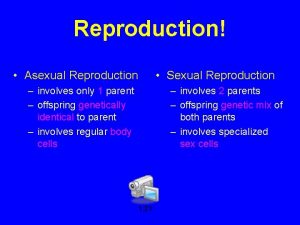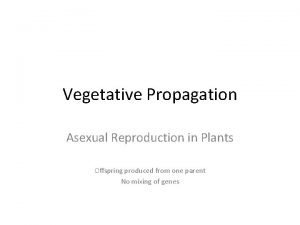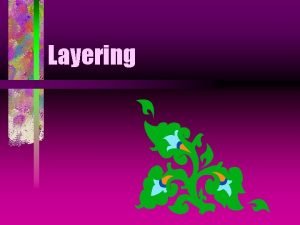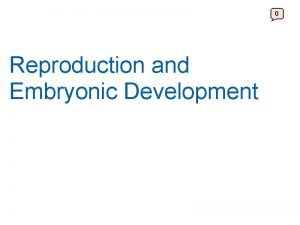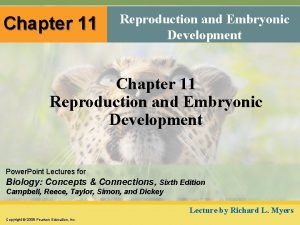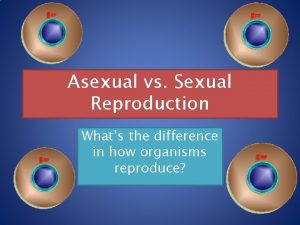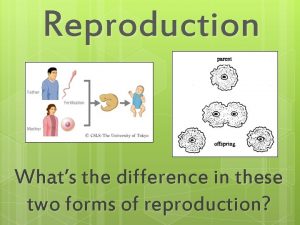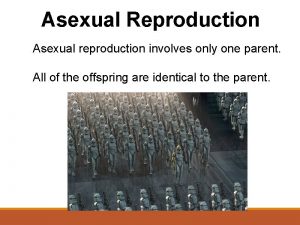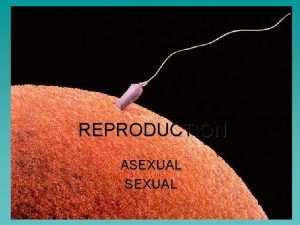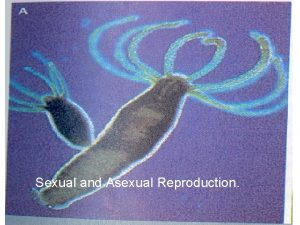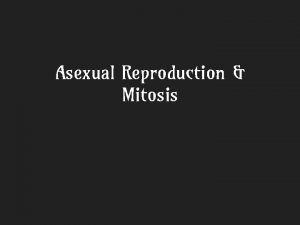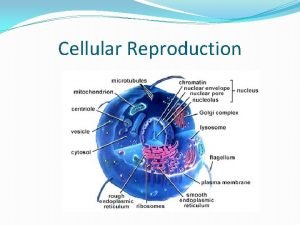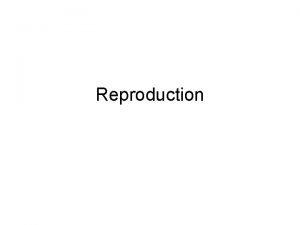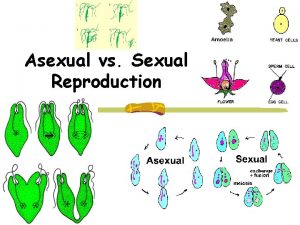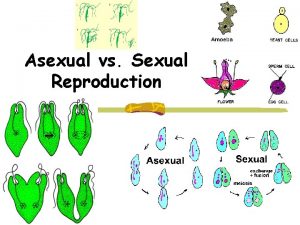Asexual Reproduction Asexual Reproduction Only one parent is


















- Slides: 18

Asexual Reproduction

Asexual Reproduction: Only one parent is required to produce offspring. Offspring look identical to the parent and to each other. Clone: An identical genetic copy of its parents

5 types of Asexual Reproduction :

1) Spore formation: Some organisms reproduce using spores.

Moulds reproduce by formation of spores that are genetically identical to the mould cell Spores are released into the air from a structure call a sporangium

• Spores are light weight, and rely on water or wind to carry the spores away from the parent. • Many types of spore have a tough outer coating that allows them to survive harsh conditions.


1)Binary Fission: a single parent cell replicates its genetic material and divides into two equal parts. • If the single cell contains a nucleus the cell undergoes mitosis

• Bacteria have no nucleus, so they do not undergo mitosis. • Some bacteria only have a single ring of DNA, and can duplicate very rapidly. • Bacteria tend to mutate rapidly, and can become very resistant to antibiotics, creating SUPER BUGS


2) Budding: Yeasts reproduce by budding. Yeasts are unicellular, eukaryotic organisms. https: //www. youtube. com/watch? v=i. Ovrq 6 ssy 2 Y

Areas of an individual organism may undergo repeated mitosis and cell division, which will grow a bud that pinches off to become a separate identical cell Example of a hydra budding

• The bud may detach from the parent and become a new individual or remain attached. • This way colonies can stay in the same place, or move to a new location

3)Fragmentation: some organisms break apart as a result of injury. The fragment then develops into a clone of its parent.

• Animals can do this as long as they contain enough of the parent genetic information. • Reproduction after fragmentation does not happen without regeneration. Regeneration: the ability to regrow a body part, a tissue, or an organ.

5) Vegetative reproduction: Plants can reproduce sexually and asexually. Asexual reproduction: vegetative reproduction New plants grow from a portion of the roots, stems or leaves of an existing plant that will eventually develop into a plant identical to the parent.

Cutting Method:

Splitting Method: A plant is split into two or more pieces, each containing intact shoots and roots
 Involves only one parent
Involves only one parent Binary fission in bacteria
Binary fission in bacteria Sexual reproduction and asexual reproduction
Sexual reproduction and asexual reproduction Asexual vs sexual reproduction venn diagram
Asexual vs sexual reproduction venn diagram Dahlia asexual reproduction
Dahlia asexual reproduction Fission vs budding
Fission vs budding Bristle worm phylum
Bristle worm phylum Budding asexual reproduction
Budding asexual reproduction Example of asexual reproduction
Example of asexual reproduction Layering asexual reproduction
Layering asexual reproduction Asexual reproduction
Asexual reproduction Asexual reproduction
Asexual reproduction Asexual reproduction
Asexual reproduction Asexual reproduction cell division
Asexual reproduction cell division Whats asexual reproduction
Whats asexual reproduction Example of budding asexual reproduction
Example of budding asexual reproduction Chapter 19 asexual reproduction answer key
Chapter 19 asexual reproduction answer key Mitosis and meiosis
Mitosis and meiosis Whats reproduction
Whats reproduction
